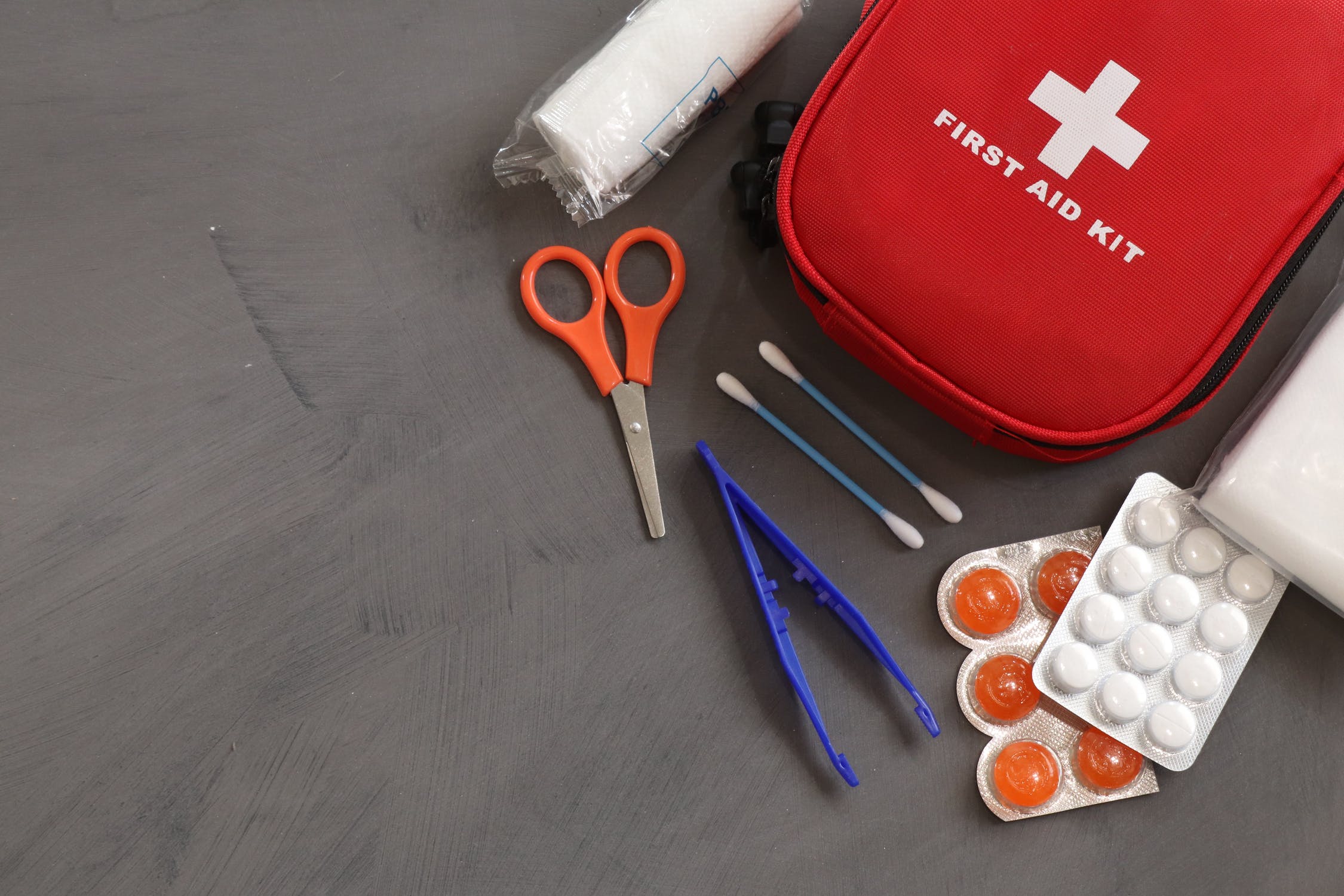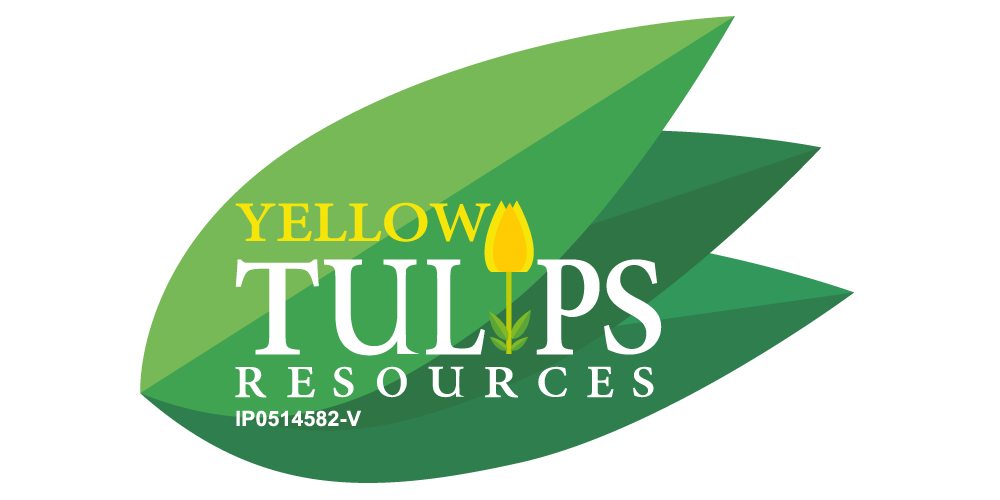How to Handle Small Workplace Injuries: First Aid Tips You Should Know
We all know that workplace injuries are an unfortunate reality. While we hope for the best, it’s important to be prepared for the unexpected. Accidents like small cuts, bruises, sprains, and burns can happen to anyone, no matter the type of work environment. The good news is that many of these injuries can be treated right away with some basic first aid knowledge.
In this blog, we’ll walk you through simple first aid tips for common workplace injuries. Whether you’re at an office desk or on a construction site, you’ll know exactly what to do if an injury occurs. Let’s dive in!
1. Treating Small Cuts and Scrapes
Cuts and scrapes are probably the most common workplace injuries, and thankfully, they’re usually easy to manage. Whether it’s a paper cut or a minor kitchen mishap, here’s how to take care of it:
- Clean the wound: Gently rinse the cut or scrape with water. Avoid using harsh chemicals like hydrogen peroxide because it can slow down healing. If you have antiseptic wipes or a saline solution, use those to clean the area.
- Apply antiseptic: Once the wound is clean, apply a bit of antiseptic or antibiotic ointment to prevent infection.
- Cover the wound: Place a band-aid or gauze pad over the injury. If it’s a larger wound, use medical tape to secure the bandage in place.
- Keep an eye on it: Over the next few days, check the wound for any signs of infection, like redness, swelling, or discharge.
When to Seek Medical Help:
If the wound is deep, won’t stop bleeding, or shows signs of infection, it’s best to consult a doctor.
2. Managing Bruises (Contusions)
We’ve all had our fair share of bumps and bruises—especially in busy work environments where you’re constantly moving or handling tools. While bruises are usually nothing to worry about, there are a few things you can do to speed up healing:
- Apply ice: The moment you notice a bruise, apply ice wrapped in a cloth to the area for 15-20 minutes. This helps reduce swelling and dulls the pain.
- Elevate the injured area: If possible, raise the injured body part to reduce swelling. This is especially important if you’ve bruised your leg or ankle.
- Pain relief: If it’s tender, over-the-counter pain relievers like ibuprofen or acetaminophen can help.
- Give it time: Bruises will heal on their own in a few days, but it’s a good idea to monitor it. If the pain becomes severe or the swelling doesn’t go down, it might be time to see a doctor.
When to Seek Medical Help:
If the bruise is accompanied by intense pain or you can’t move the injured area, you may have a more serious injury like a sprain or fracture.
3. Sprained Ankle: What to Do When You Twist Your Ankle
Twisting an ankle is a pretty common workplace injury, especially for those working in fast-paced environments or on uneven surfaces. Here’s how to treat a sprained ankle:
- Rest and elevate: The first thing you need to do is stop moving and rest the ankle. Keep it elevated above the level of your heart to reduce swelling.
- Apply ice: Apply an ice pack or cold compress to the injured ankle for 15-20 minutes at a time, a few times a day. This will reduce swelling and numb the pain.
- Wrap it up: Use an elastic bandage or compression wrap to support the ankle, but make sure it’s not too tight to restrict blood flow.
- Pain relief: Over-the-counter pain medication like ibuprofen can help reduce swelling and ease pain.
When to Seek Medical Help:
If you can’t put weight on your ankle, there’s severe pain, or the swelling doesn’t subside after a few days, it’s important to see a doctor for a more thorough evaluation.
4. Small Burns: How to Treat Minor Burns and Scalds
Burns can happen anywhere—whether it’s from a hot coffee mug at the office or a piece of equipment at a factory. Here’s what to do when you burn yourself:
- Cool the burn: Immediately run cool water (not ice-cold) over the burn for 10-15 minutes. This will help soothe the pain and cool the area.
- Apply aloe vera or burn ointment: Once the area is cool, apply some aloe vera gel or burn ointment to prevent blistering and promote healing.
- Cover the burn: If necessary, cover the burn with a clean bandage, but don’t use anything that could stick to the burn. Non-stick gauze is best.
- Monitor the burn: Keep an eye on the burn for signs of infection or complications.
When to Seek Medical Help:
If the burn is large, the skin is broken, or blisters form, you should seek medical help immediately.
5. Building a Basic First Aid Kit for the Workplace
While it’s essential to know how to treat minor injuries, it’s just as important to be prepared with the right tools. Here’s a list of items you should have in your workplace first aid kit:
- Band-aids in various sizes
- Antiseptic wipes or solution
- Gauze pads and medical tape
- Tweezers for splinters or foreign objects
- Pain relievers (ibuprofen or acetaminophen)
- Ice packs or cold compresses
- Burn cream or aloe vera gel
- Scissors
- Gloves
- Alcohol pads for cleaning
Tip: Check your first aid kit regularly to ensure everything is in good condition and replace anything that’s expired or used up.
6. Why First Aid Training Is Crucial for Every Workplace
While these simple first aid tips can help in everyday situations, having proper first aid training can be a game-changer. Trained employees are equipped to handle more serious injuries with confidence and efficiency. They can also help keep calm in an emergency situation and administer care while waiting for professional help to arrive.
Consider implementing first aid and CPR training in your workplace to ensure everyone is prepared for any situation.
Conclusion
Minor injuries happen in every workplace, but the key is knowing how to handle them quickly and effectively. From cuts and bruises to sprained ankles and burns, knowing what steps to take right away can make a significant difference in recovery time and prevent further complications.
Be sure to stock a well-organized first aid kit, train your staff on basic first aid procedures, and most importantly—stay calm when an injury happens.
Stay Safe, Stay Prepared!
Call to Action
If you want to ensure your workplace is prepared for any emergency, contact Yellow Tulips Resources for professional OSH training and workplace safety assessments. Let’s keep your team safe, healthy, and productive!
